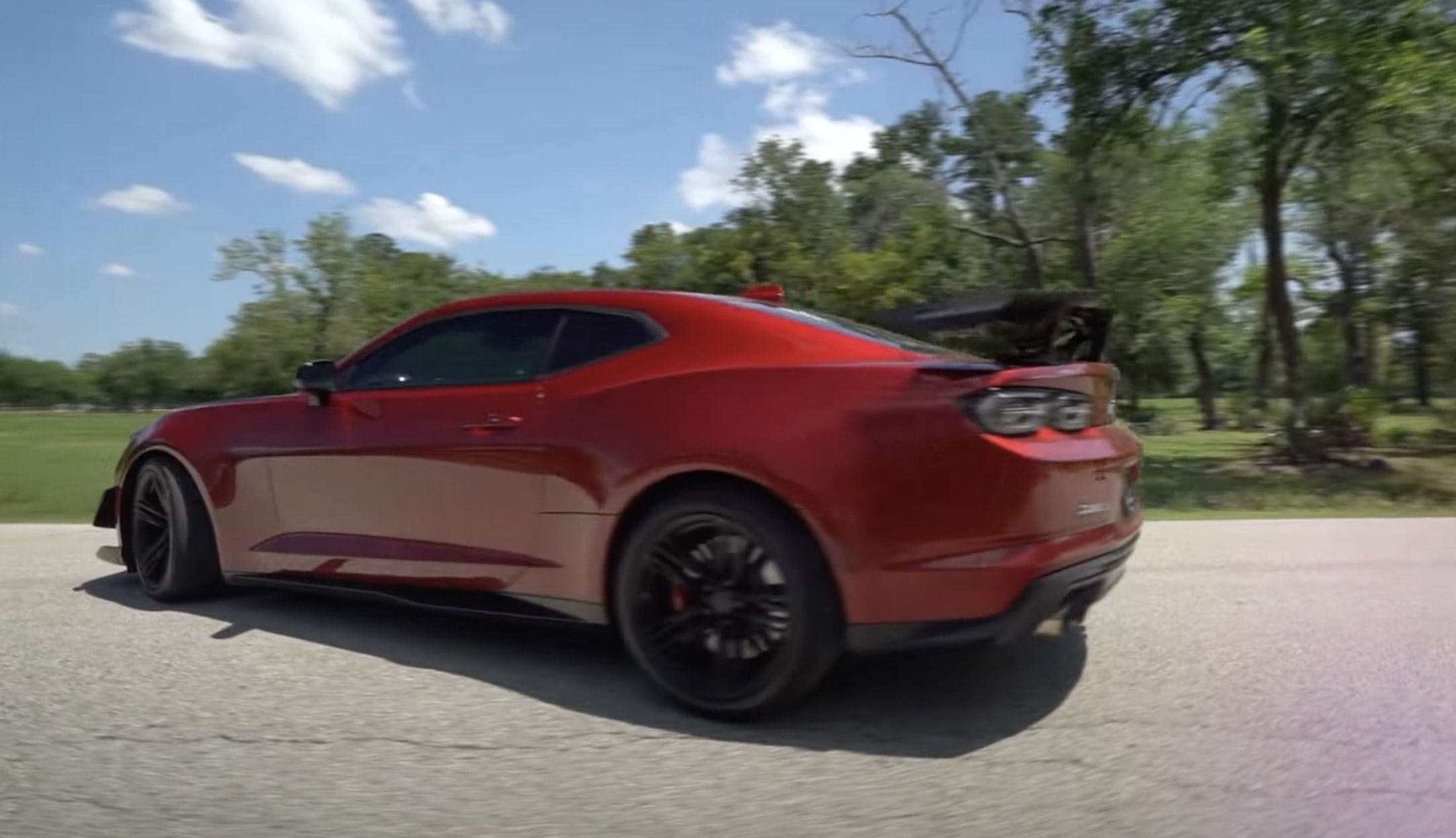As the Chevrolet Camaro ZL1-1LE rolls out from the factory, it stands tall with a legacy woven deep into the fabric of automotive history. Its reputation precedes it, armed with a supercharged 6.2-liter V8 engine churning out an impressive 650 horsepower and 650 pound-feet of torque.
In just 3.4 seconds, this powerhouse catapults from 0 to 60 mph, promising an adrenaline-fueled journey. Yet, beneath its formidable exterior lies a poignant truth – Chevrolet bids a fond farewell to this iconic model, making room for the dawn of a new era of electric vehicles (EVs).
While the Camaro’s departure marks the end of an era, Chevy remains committed to exploring new avenues, leaving the door open for a potential return of the legendary nameplate.

In a similar vein, Dodge makes a decisive move with its Challenger and Charger models, signaling a shift towards alternative powertrains, including V6 and electric options. Despite the departure of its V8 counterparts, the Mustang stands as a stalwart in the muscle car, with Ford reaffirming its commitment to the iconic model’s enduring legacy.
As the automotive world evolves, enthusiasts reflect on the legacy of iconic muscle cars and the impact of technological advancements on the industry. While the future may hold uncertainties, the spirit of American muscle endures, reminding us to cherish the timeless heritage of legends like the Camaro, Challenger, and Mustang.

